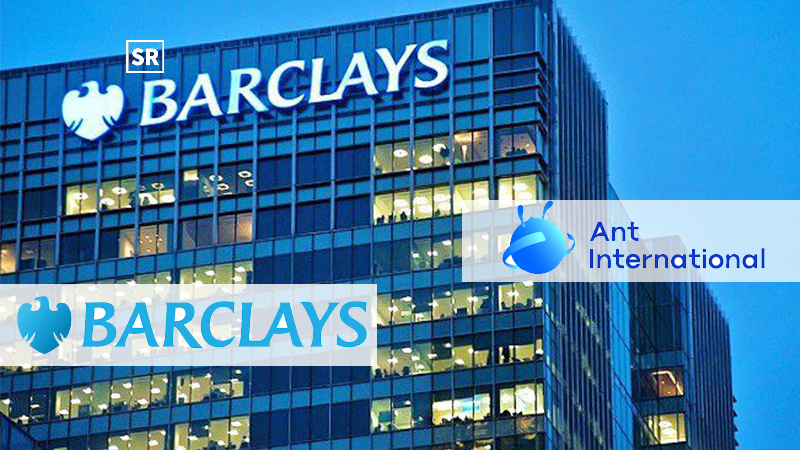
Singapore-based fintech firm Ant International has partnered with UK bank Barclays to improve global treasury management by reducing foreign exchange (FX) costs and risks for businesses. The collaboration leverages Ant’s Time-Series Transformer (TST) AI FX Model, a large-scale, transformer-based model with nearly 2 billion parameters.
The TST Model integrates cutting-edge time-series forecasting algorithms and proprietary training frameworks to deliver over 90% accuracy in predicting cashflows and FX exposure on an hourly, daily, and weekly basis. This high precision helps reduce unnecessary hedging, lowers risk premiums, and cuts overall FX costs.
Barclays has integrated the TST Model into its BARX NetFX platform and Guaranteed FX solution as part of its broader FX Automation strategy. These tools help clients, particularly in e-commerce and payments, digitize workflows and optimize FX hedging. The integration has enabled Barclays to enhance forecasting accuracy, reduce hedging costs, and improve platform efficiency.
Ant International completed its first batch of intra-group FX transactions with Barclays using this AI-powered model. The resulting cost efficiency allows Ant to offer more competitive FX rates with improved price stability for major currencies such as the EUR and USD.
Executives from both firms highlighted the partnership as a milestone in advancing AI-driven treasury solutions. Ben Parkinson, Barclays’ Head of Global Fintech and FX Automation Sales, called it a new benchmark in FX risk management. Kelvin Li, GM of Platform Tech at Ant International, noted the broader impact on businesses’ liquidity and customer pricing. Pushkaraj Gumaste, Barclays’ Head of Corporate Banking for Asia Pacific & Middle East, emphasized the partnership’s role in streamlining cross-border business.With global cross-border transactions expected to surpass $290 trillion by 2030, the two firms aim to expand this AI solution to support more currencies and business needs.
Read also – Arysun Raises $575,000 in Pre-Seed Funding to Boost Solar Adoption in Southeast Asia





